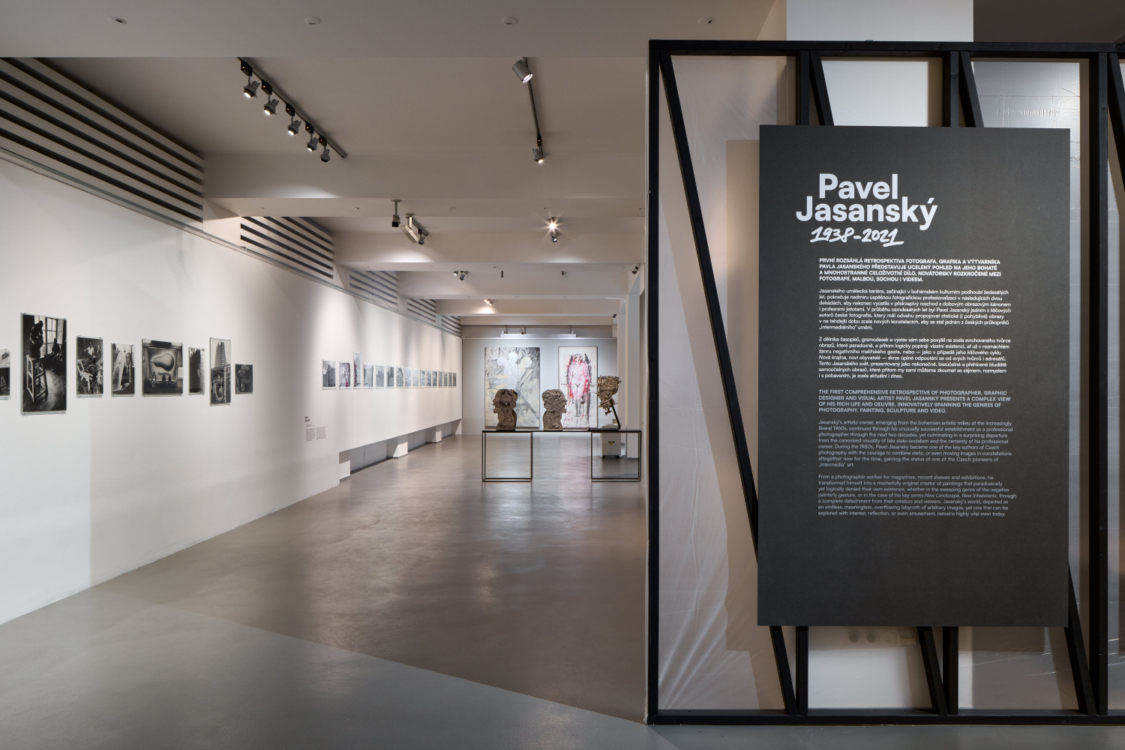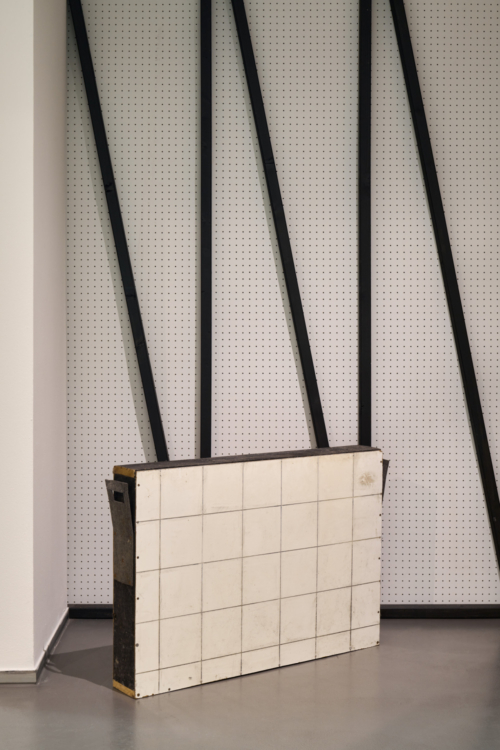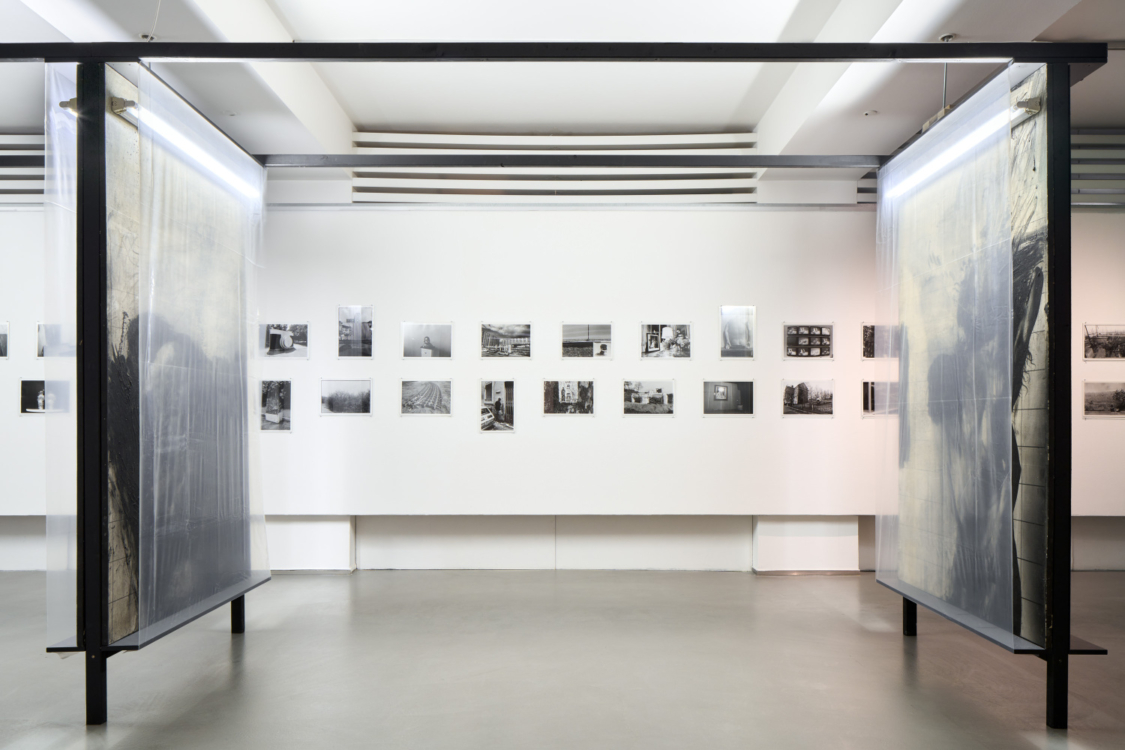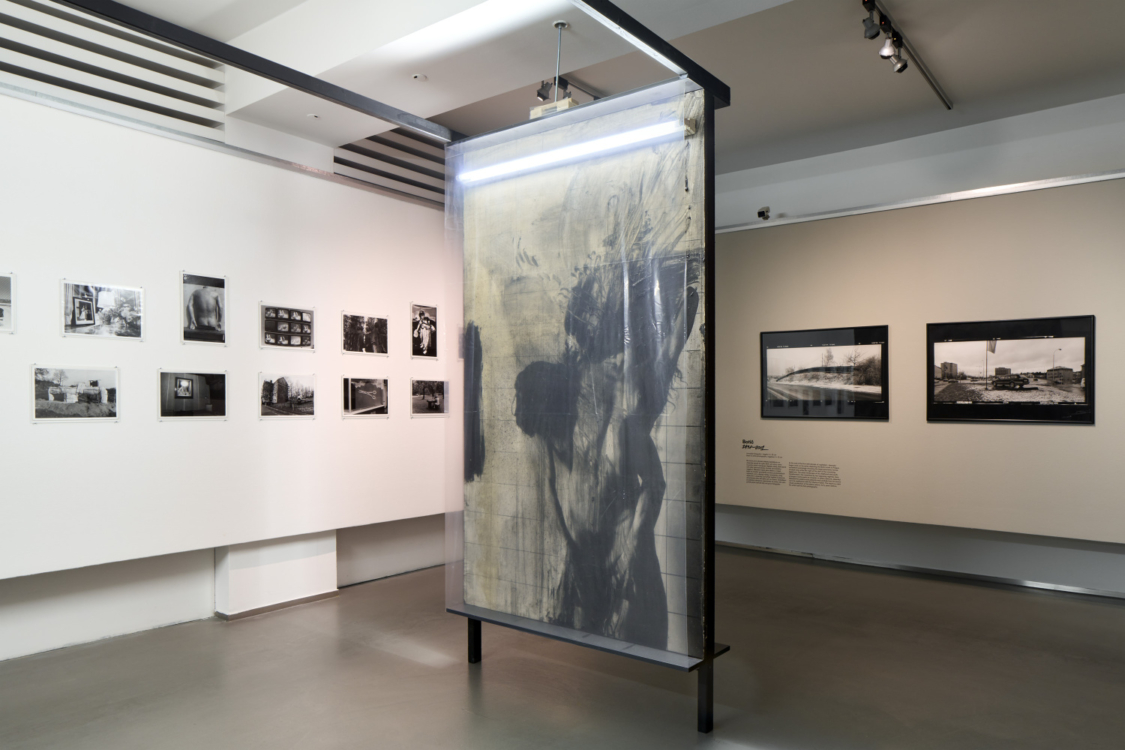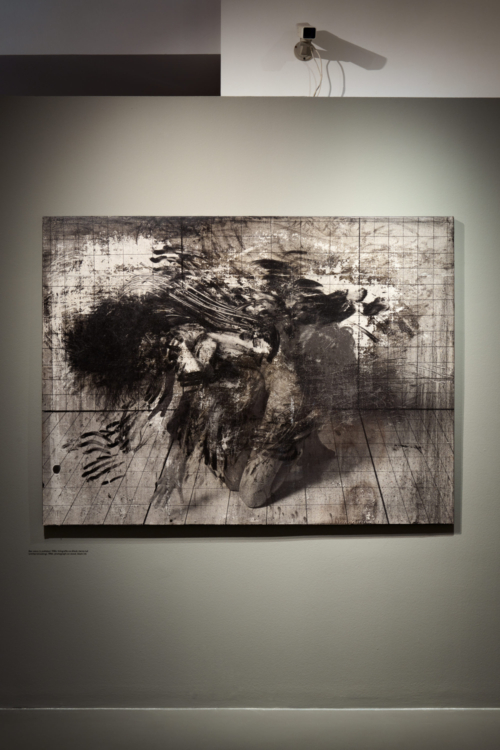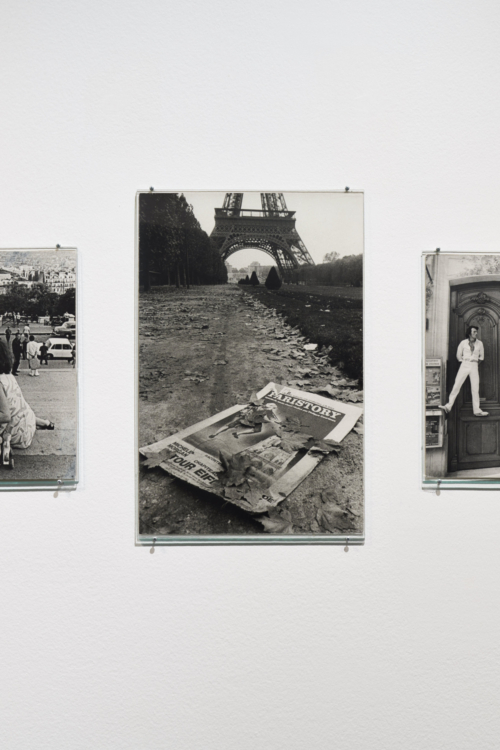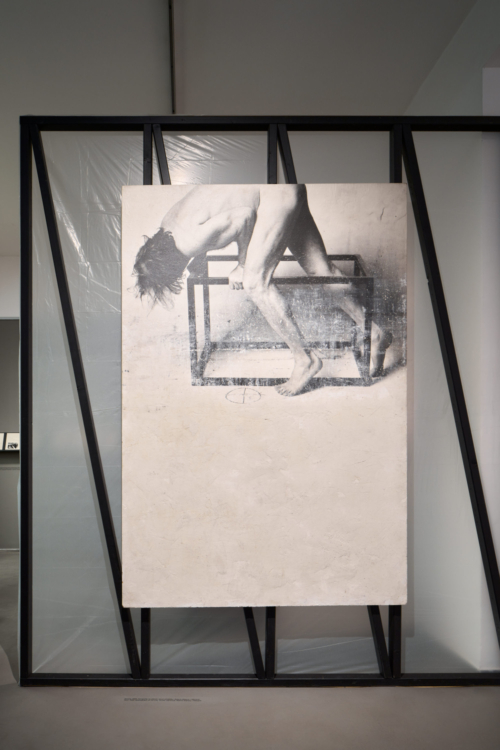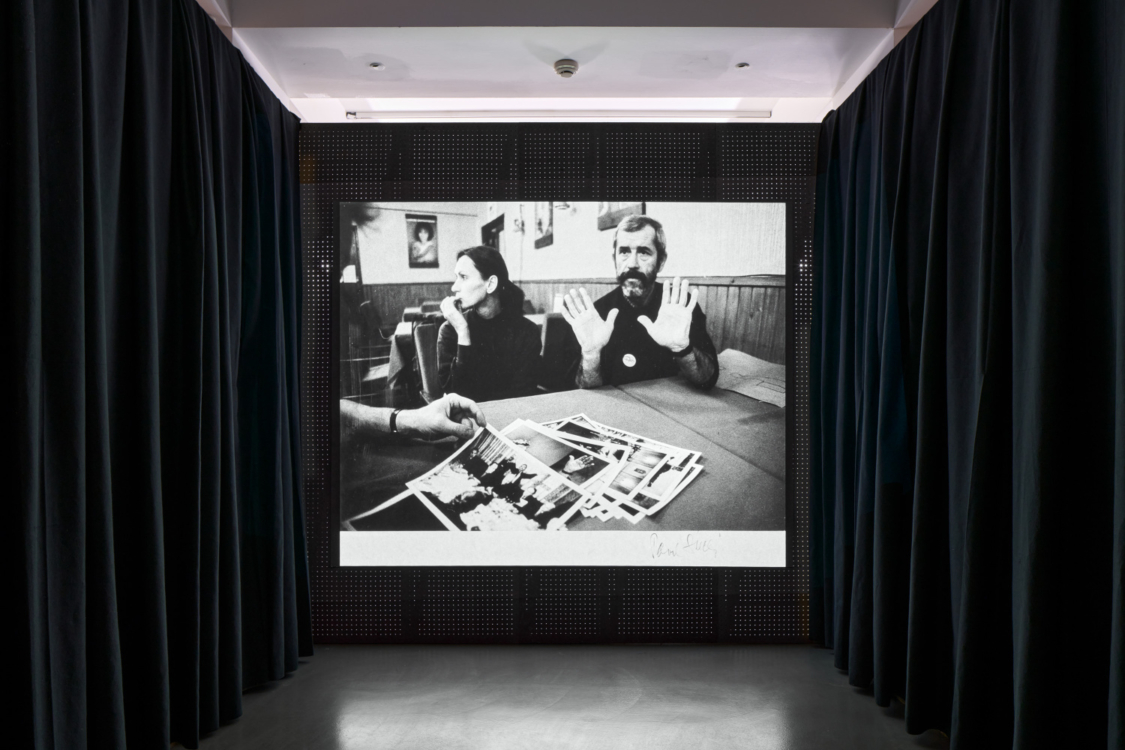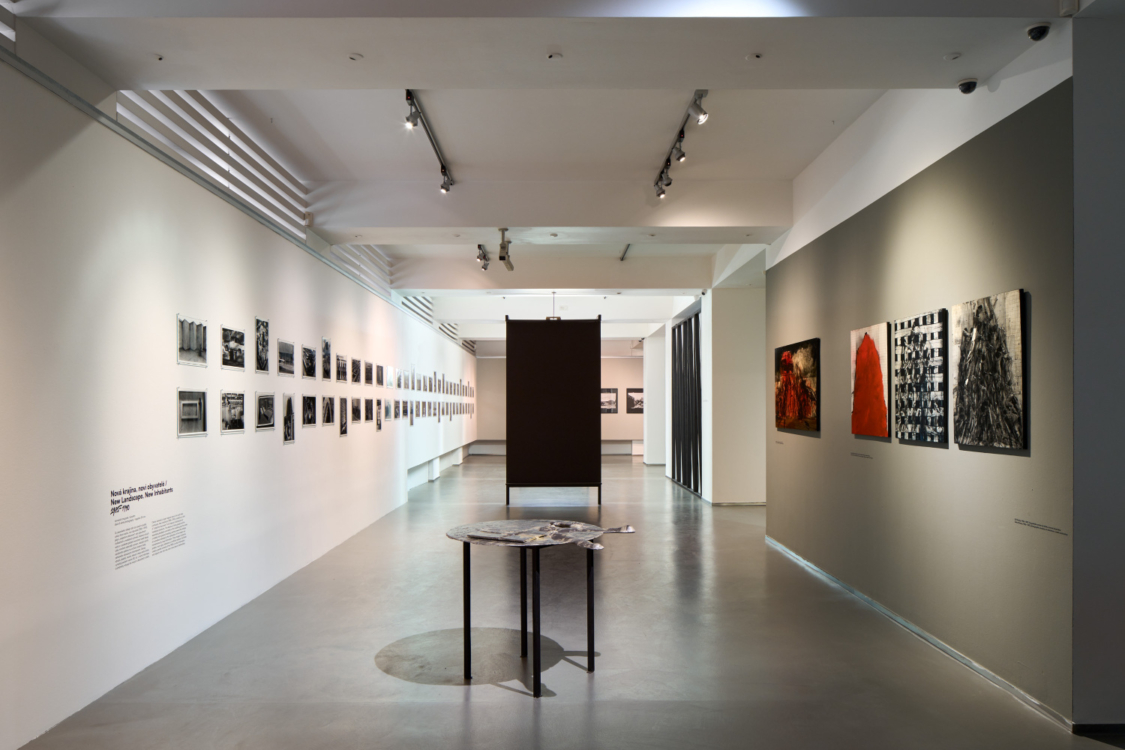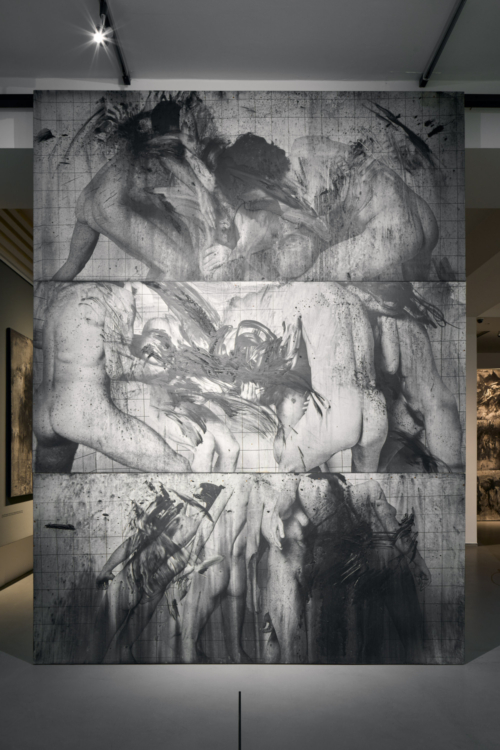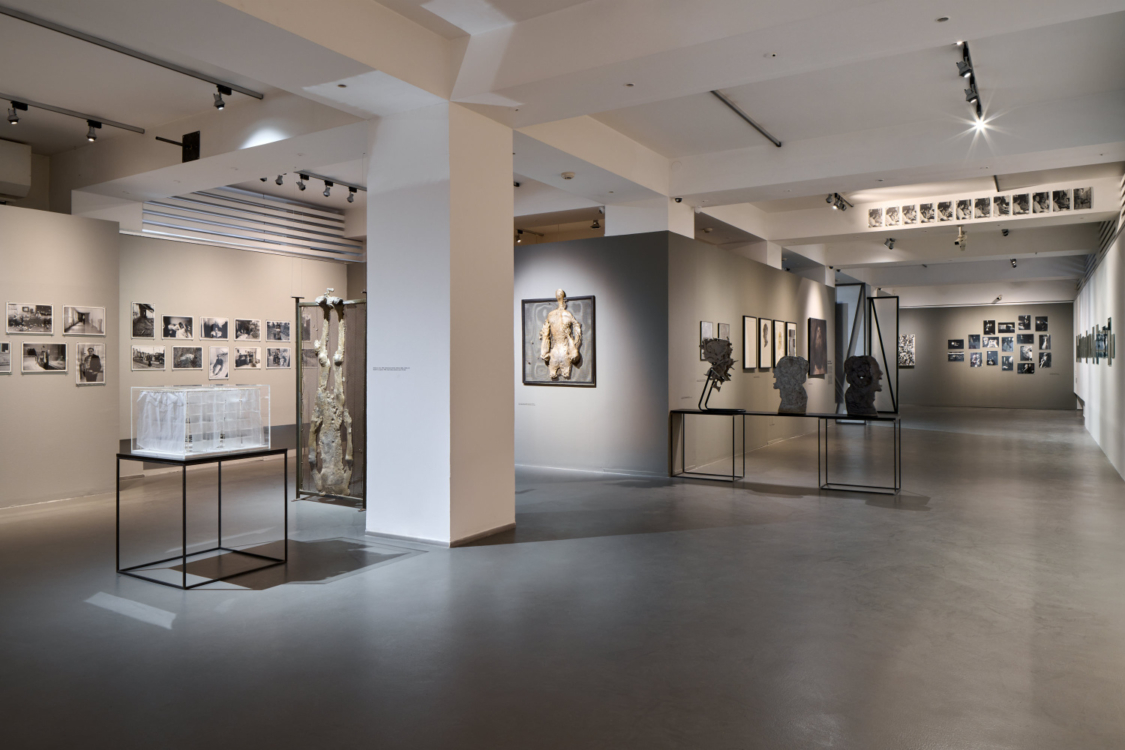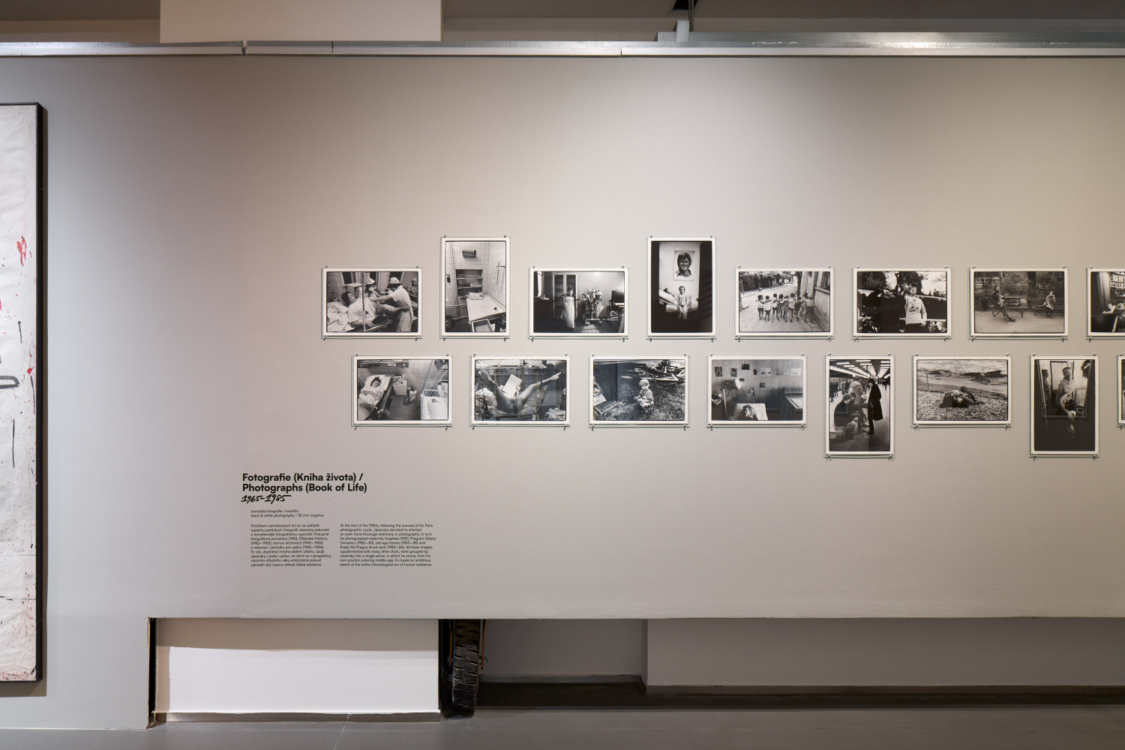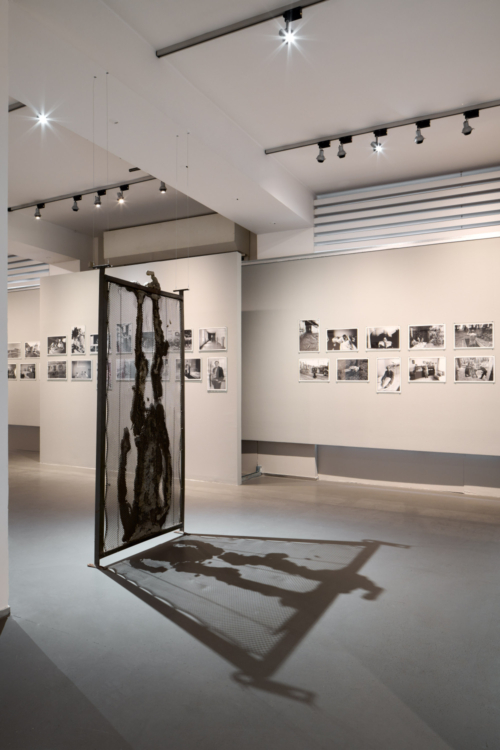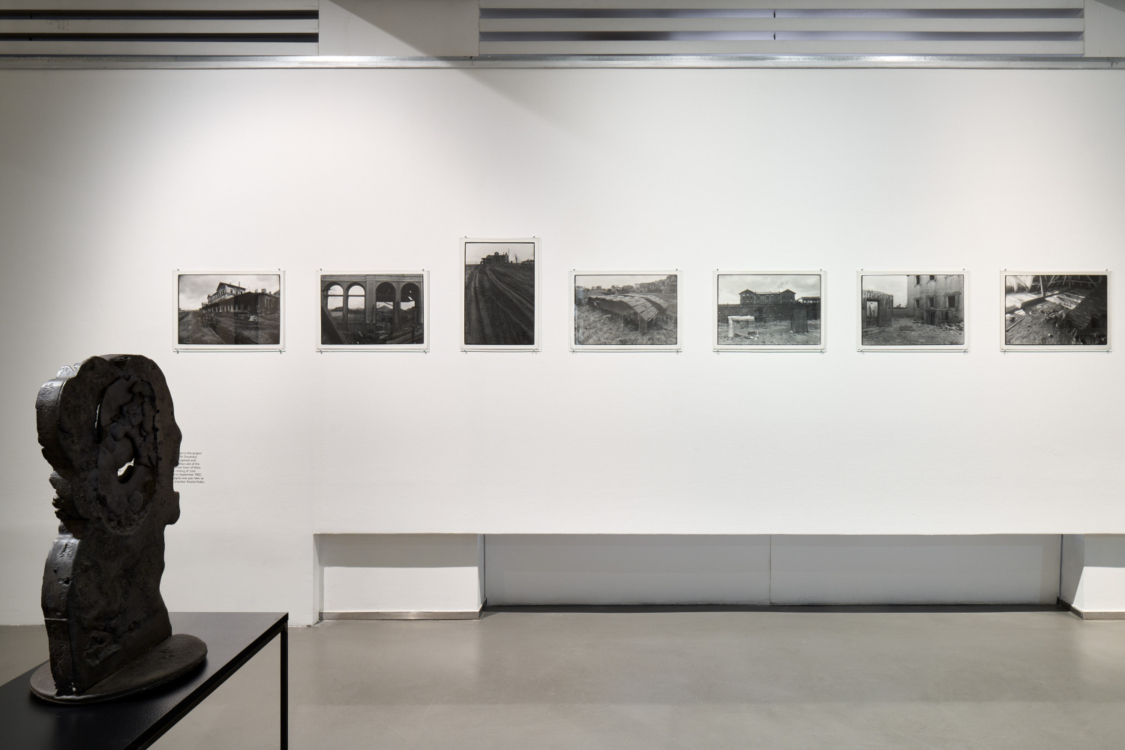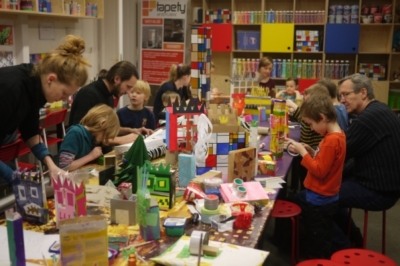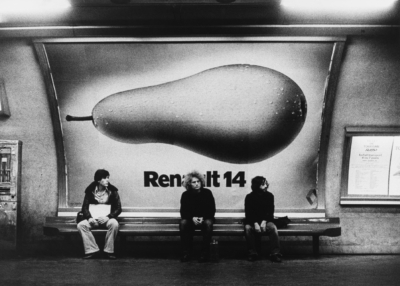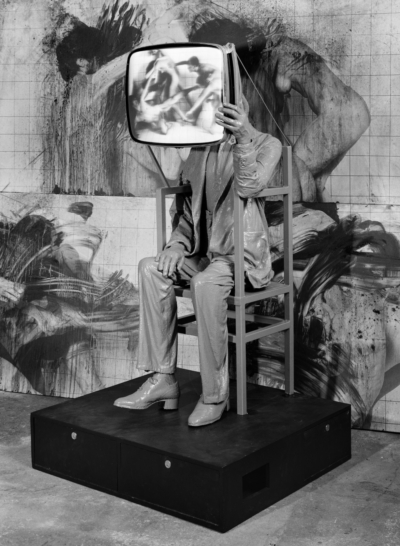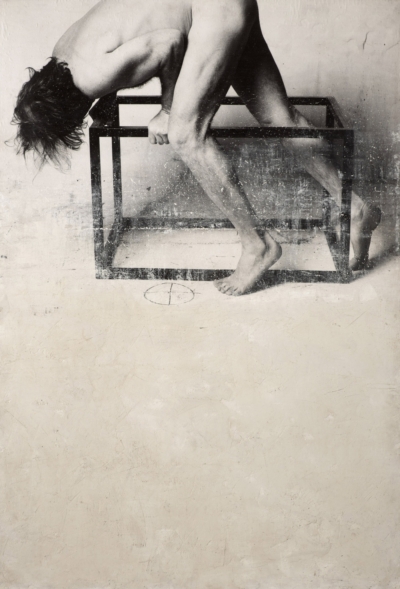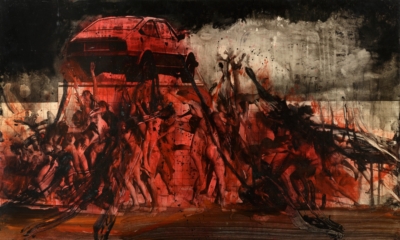Pavel Jasanský 6. 5. 2025 – 31. 8. 2025
Curator: Pavel Vančát
Geology graduate Pavel Jasanský (1938–2021) took photographs during his studies at the turn of the 1950s and 1960s for emerging musicians of the day. He also did graphic design for the Viola poetic wine bar, the Prague Ballet, the Za branou and Na zábradlí theatres and the Divoké víno magazine. He also cooperated on photographs and designs for many vinyl records, posters and multimedia productions.
In his non-commissioned work, Pavel Jasanský distinguished himself as a photographer with exceptional empathy and insight as early as in his Paristory series (1967–1976). He also applied these qualities in his independent documentary photography, which over the long-term depicted the emotionally charged microworlds of institutions and hospitals, cemeteries and carnivals. His documentary-oriented work was then used in the book Město (The City) which he originally conceived together with Vladimír Birgus and the poets Petr Cincibuch, Jaromír Pelc and Josef Šimon. The original version, depicting the feelings of a modern city dweller, was reworked and supplemented with photographs by Miroslav Hucek before printing due to its insufficiently optimistic tone.
All the above-mentioned circumstances enabled Jasanský to complete his documentary work with the extensive cycle New Landscape, New Inhabitants (1985–1990), which could be described as a “subjective documentary”, inadvertently showing the stage of “decaying socialism”, often by quoting absurd phantoms of civilisation and media. Here, the trained eye of the photographer and graphic artist works with reality as a collage of fragments and scenes. However, the absence of living people and the vagueness of the locations (many of which are also from Western Europe) give the cycle a much more general meaning, showing the feelings of a sensitive individual at the peak of modern times, overwhelmed by visual information that branches and overlaps into almost hallucinogenic connections. The images of paintings, posters, neon signs, televisions and dummies of all kinds create a parallel universe of the 1980s in which information and objects enter into new, absurd relationships. It is a mesmerising vision of a society at its peak and at the beginning of its fall, a civilisation without people, with only their images and imprints; it is the world as a memory of a civilisation that has lost its own fixed frame of reference and abandoned itself in favour of spectacle and illusion.
The counterpart to Jasanský’s documentary work is his multimedia work, beginning with his collaboration on the Most project (1981–1982) and continuing throughout the 1980s with repaints of photographs and multimedia installations, which placed Jasanský among the pioneers of Czech video art around Radek Pilař. The culmination of these intermedia endeavours, in which he went further than any other Czech photographer, is probably the first “video sculpture” in the Czech Republic: the enormous installation Spectator (1989), which combines existentially conceived photographic canvasses with added paintings in ink and a sculpture of a seated figure that has a television screen instead of a head, showing the same scenes we see on the canvasses.
The impression of a sarcophagus of raw physicality combined with a hybrid monster that is itself a transmitter of other images remains a striking image of the abrasive media subconscious of the late 1980s.
The final chapter of Jasanský’s oeuvre is a project that brings to a close his lifelong personal connections and collaborations: Signed Photos (1965–2015) is a comprehensive album of Jasanský’s contemporaries, ranging from family and neighbours to friends and colleagues to international celebrities. Almost all are consistently signed by the portraits’ subjects, often illustrating their relationship to the artist. This parade of people photographed by the artist from the 1960s to almost the present day is in effect a chronicle of his own life, embodied in those of others, and shows the richness of the artist’s personal and professional connections.



